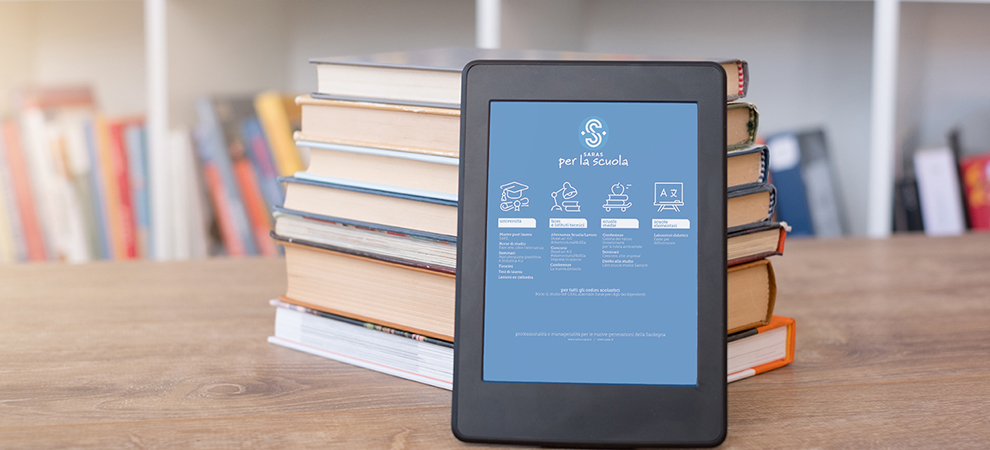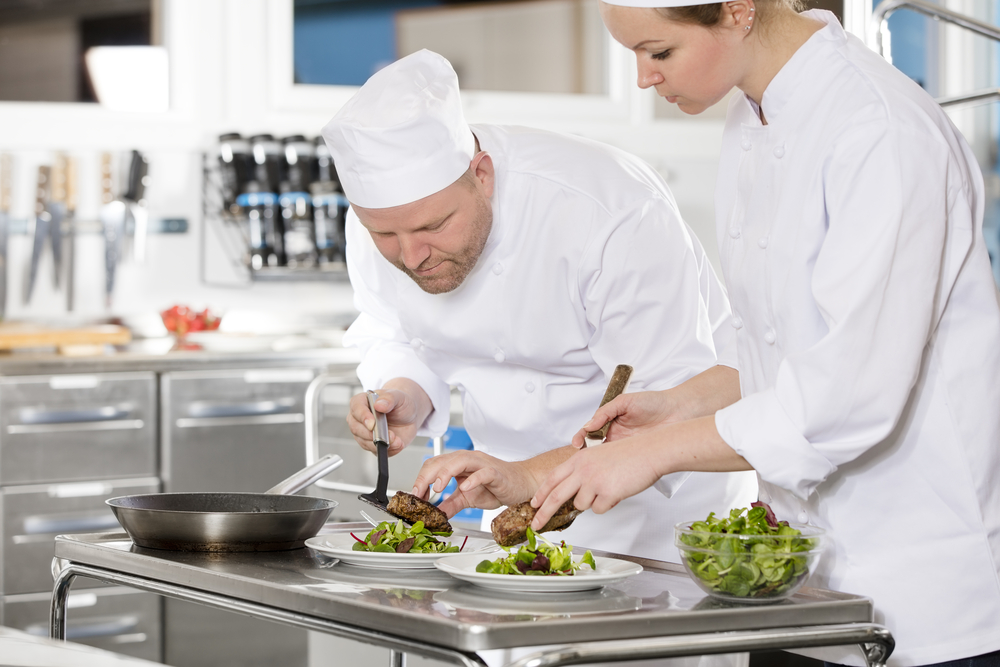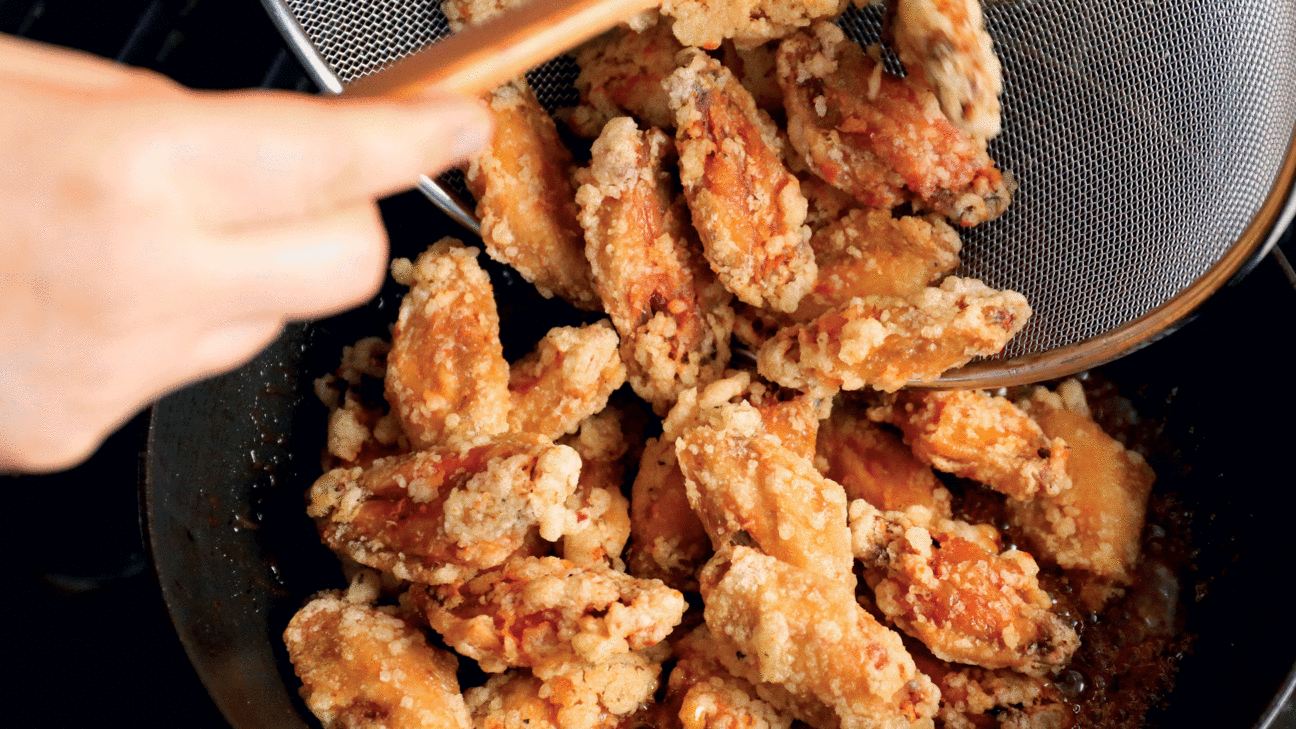
These tips and tricks will help both novice and experienced cooks make great food. Make sure you understand the order of ingredients before adding them to a dish. Different ingredients cook at different rates. Also, you'll learn how your senses work together to prepare food. If you don't have the sense of smell, you can learn to use a thermometer for checking the temperature of food. Finally, don't be afraid trying out new tastes and textures.
Ten basic cooking tips
Cooking is an important skill that will improve your quality of life. This is especially true if you love to try new recipes. Even the simplest of dishes can be made more delicious and even healthier if you learn some basic cooking tricks. There are many ways you can cook chicken, salmon, black beans, and broccoli. The first stage of the operation involves beating eggs. Cooking eggs takes just five minutes! A great cooking trick is to blot the meat before you cook it. This will ensure that your meat is cooked evenly.
It is a good idea to defrost frozen ingredients before cooking. This will prevent them from losing their texture. You should also store frozen foods in a cupboard nearby to prevent heat and steam from escaping from the stove or refrigerator. It will preserve their flavors. If you don’t have a freezer you can freeze them and defrost them in a refrigerator.
Proper measuring cups
A set of measuring cups comes in many sizes and shapes. A set of six measuring cups includes one for each of the most common measurements. These are great for measuring dry ingredients, such as flour, but they're not always the most convenient. A set of these cups will allow you to measure all liquids and spices accurately. Here are some helpful tips for buying measuring cups for cooking.

You should first buy a set that is both dry and liquid. It's not possible to accidentally fill them with liquid, even if they are meant for dry ingredients. It's best not to dip your measuring cup in flour or any other dry ingredient. This will cause the measurement to be inaccurate. In that case, you'll end up with a less accurate measurement because liquid measuring cups have an ambiguous measurement line.
Food storage in the right location
Knowing what you will be using is the first step to properly store food. Some items don't spoil well, and they can be stored in the pantry or fridge. Other items should go in glass jars. You can store non-perishable products in glass containers or airtight container. Store them in a dark, cool location away from direct sunlight. Below are some ways to properly store food in the refrigerator.
First, make sure that your kitchen is clutter-free and clean. Avoid storing food in close proximity to household products. Food is sensitive and should be stored in cool, dark places. Make sure your containers are tightly-fitted so that any excess food will be consumed first. Keep your food away from pipes and other sources of heat. Foods that are exposed to sunlight for too long can also change their color.
Food preparation with your own senses
Cooking can be a rewarding experience if you use all your senses. By relying on your taste buds, you can choose the right ingredients to make your dishes. Imagine the flavor and cooking time of a particular dish. This is true for all your senses of sight, touch, and smell. When shopping for ingredients, listen to your gut, and use your imagination to imagine what they will taste like. If you feel that red cabbage would be a better substitute for broccoli, it might make for a delicious and unique dish.

It'll make it easier to find new foods, judge their quality, enjoy them more, and use all five of your senses. You will discover that there is a whole world beyond what you think. You can learn about the fascinating science of flavour and learn to use your senses to appreciate food as you cook. You'll discover what the difference is between a fake emoji peach and a real one. Even rhubarb and grapefruit can be appreciated bitterly. Even if your kitchen seems cluttered, make use of all your senses to see around and help you prepare what's being prepared.
FAQ
Do I need special equipment to cook?
Cooking doesn't require special equipment. However, the right tools can make it easier to cook. A knife can be used instead of a fork when making pasta, or a whisk could be used to whip up stiff egg whites. Having the right tools makes cooking less intimidating and allows you to start faster.
How do I get motivated to cook?
Sharing meals with family and friends is the best part of cooking. However, cooking for yourself is much easier than cooking for others. If you want to be motivated to cook, try making something new. You'll learn new techniques, and you'll be inspired to cook. You can also use recipes from other cultures to increase your culinary knowledge.
How do I learn about cooking and baking?
There are many cooking classes available all over the country. You can find courses in baking, pastry and wine tasting at many schools. A local community college, vocational school, or private institution can offer classes in cooking.
How can I get hired as a cook?
It is possible to get a job in the kitchen by word of mouth. Friends and family might know of a restaurant in need of additional staff. There are often openings posted on websites and bulletin boards.
Statistics
- On average, chefs earn $58,740 a year, according to the BLS. - learnhowtobecome.org
- The median pay for a chef or head cook is $53,380 per year or $25.66/hour, according to the U.S. Bureau of Labor Statistics (BLS). (learnhowtobecome.org)
- under 10 Kids have been taught that there is special food just for them, and Fiese says that 10 percent of kids will throw a tantrum if they don't get the food they want. (washingtonpost.com)
External Links
How To
How to cook a Steak
The thickness of the meat determines the best cooking method. For example, thinner steaks are best cooked over low heat, while thicker ones need higher temperatures.
You should also ensure you don't overcook them because they'll lose flavor. Remember to take your steak out of the oven when it's done. You won't burn.
Cooking times vary depending on the size and degree of doneness desired. Here are some guidelines to help you get started:
Medium Rare: Cook to medium rare. This means that the internal temperature should reach 145degF (63degC). This should take between 3 and 5 min per side.
Medium: Cook until medium. This means that the internal temp has reached 160 degrees F (71 degrees Celsius). This normally takes around 6 minutes per side.
When done well, cook until the internal temperatures reach 180°F (82°C). This typically takes 8-12 minutes per side.